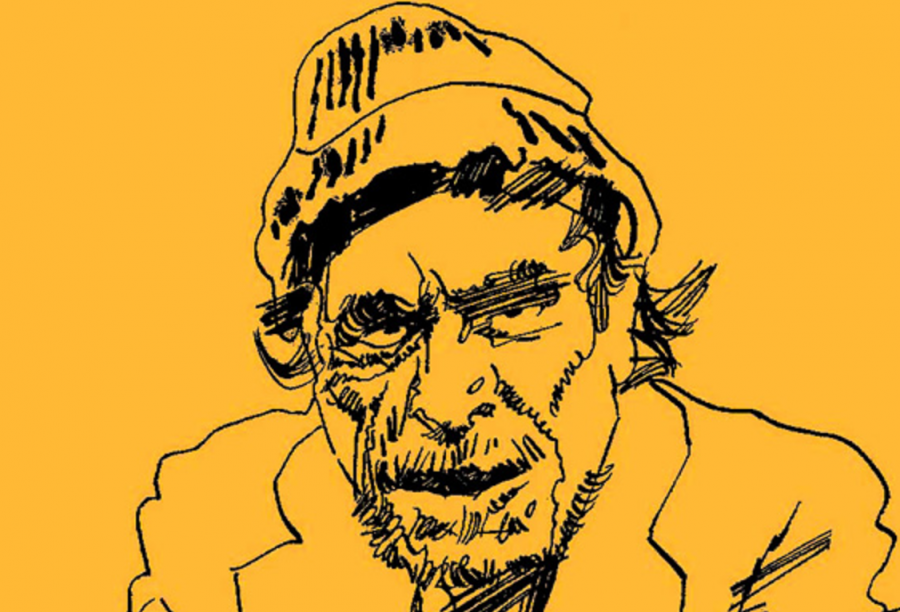Maybe we read some celebrated literary works the way we eat kale or quinoa—you don’t exactly love it but they say it’s, like, a superfood. Not so Gabriel Garcia Marquez’s One Hundred Years of Solitude. When I first started reading the novel, I couldn’t stop. Twelve hours and a couple pots of coffee later, I wanted to read it again right away. It’s a page-turner—not something one often says of literary fiction beloved by highbrow critics and academics—but I mean it as the highest possible compliment.
The book has every feature of a binge-worthy soap opera: characters we love and love to hate, doomed affairs, sex, violence, endless family squabbling, tragedy, intrigue, melodrama…. Again, this is no criticism; Marquez loved telenovelas and even wrote a script for one. He wanted his work to reach as many people as possible, to thrill and entertain. But he didn’t withhold any literary nutrients either.
The novel’s poetic language, historical scope, and thematic and symbolic complexity has led critics like William Kennedy to compare it to the book of Genesis, and led no small number of readers to wildly prefer it to the Bible or any other ancient book of mythology.
If you’re one of the two or three people who hasn’t read the novel, and you don’t find all this praise fully convincing, consider the case made by Francisco Díez-Buzo in the TED-Ed animated video above.
The story, we learn, arrived as an epiphany Marquez had while he and his family were on the road to a vacation destination. He turned the car around, abandoned the trip, and started writing immediately—an example of the total commitment many writers promise themselves they’ll one day get around to maybe working on. Eighteen months and many pots of coffee later, One Hundred Years of Solitude appeared, introducing a worldwide readership to Marquez, magical realism, and Latin American literature, politics, and history.
Most every reader now has a volume of Octavio Paz or Pablo Neruda on the shelf, and novels by Marquez, Mario Vargas Llosa, or Isabelle Allende. Before Cien años de soledad arrived, however, this was rarely so outside of Spanish-speaking countries. The novel created a global appetite for rich Latin American traditions of storytelling and lyrical poetry. New translations from the region began appearing everywhere.
Like Faulkner’s entire corpus compressed into one volume, the epic tale of seven generations of Buendías in the fictional Colombian town of Macondo is vast and sprawling. It “is not an easy book to read,” says Díez-Buzo. Here, as you might expect, I disagree. It is harder not to read it once you’ve picked it up. But you will need to read it again, and again, and again.
So packed is the book with detail, allusion, historical reference, and narrative that you could read it for the rest of your life and never exhaust its layers of meaning. As Harold Bloom put it, “every page is rammed full of life beyond the capacity of any single reader to absorb… There are no wasted sentences, no mere transitions, in this novel, and you must notice everything at the moment you read it.” Pablo Neruda called it “the greatest revelation in the Spanish language since Don Quixote of Cervantes”—the founding text of Spanish-language literature and, indeed, of the novel form itself.
The supernatural and the surreal suffuse each page, raising even mundane encounters to a mythic dimension, staging history as timeless drama, played out over and over again through each generation. In each repetition, fantastic and fatal changes also “produce a sense of history,” says Díez-Buzo, “as a downward spiral the characters seem powerless to escape.”
It is this history that Marquez described, when he accepted the Nobel Prize in 1982, as “a boundless realm of haunted men and historic women, whose unending obstinacy blurs into legend.” Marquez’s own family history, full of “haunted men and historic women,” served as a model for his succession of fictional ancestors. Latin Americans, he said, “have not had a moment’s rest,” yet in the face of colonialist brutality, civil war, dictatorships, “oppression, plundering and abandonment,” he declared, “we respond with life.” By some strange act of magic, Marquez contained all of that life in one extraordinary novel.
Related Content:
Josh Jones is a writer and musician based in Durham, NC. Follow him at @jdmagness





